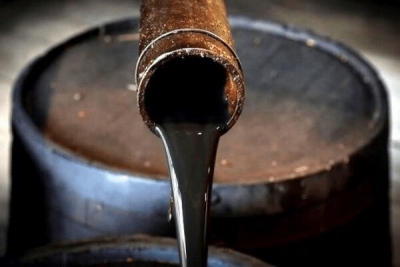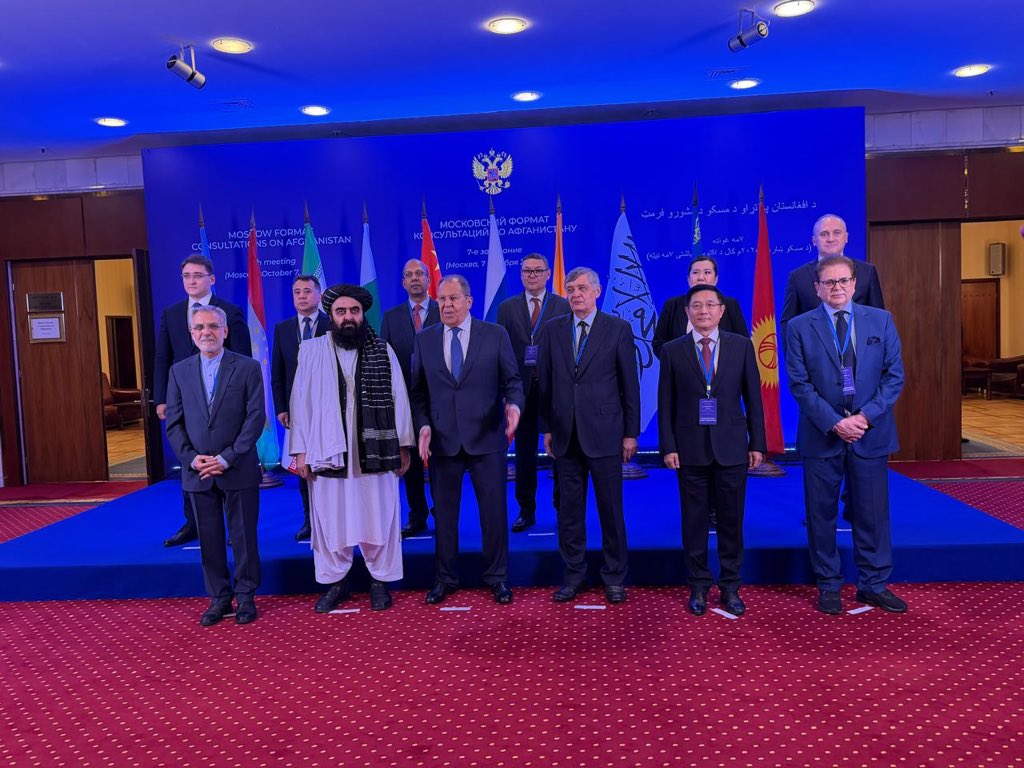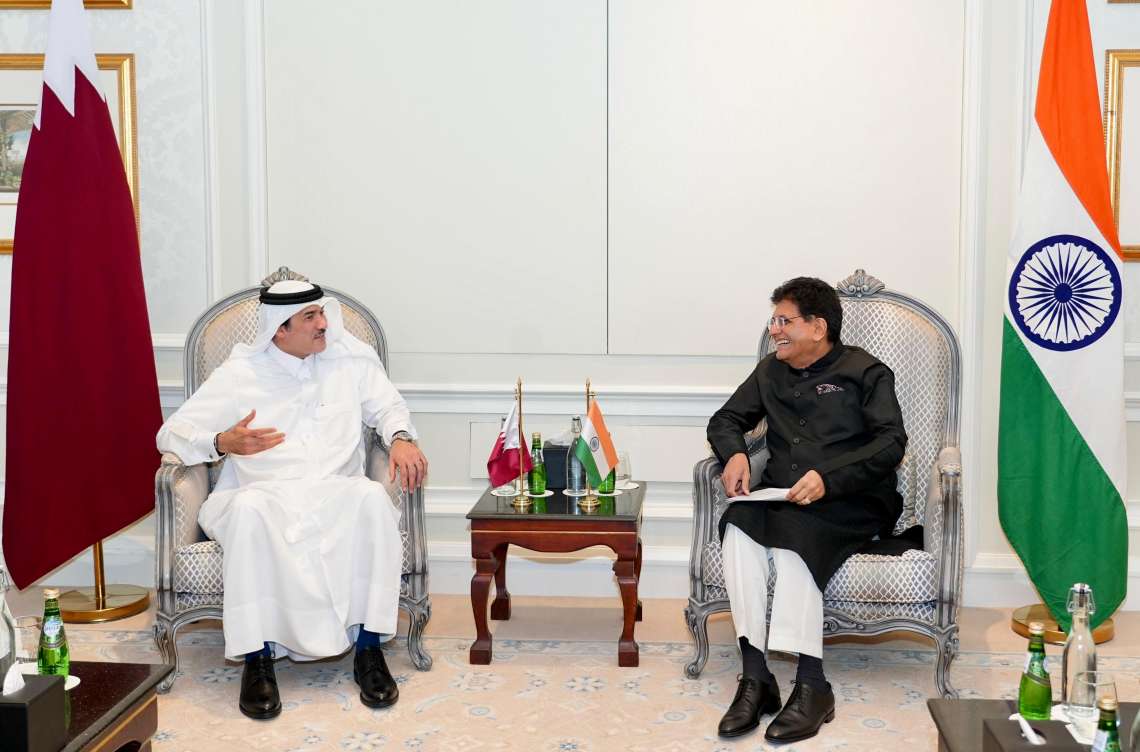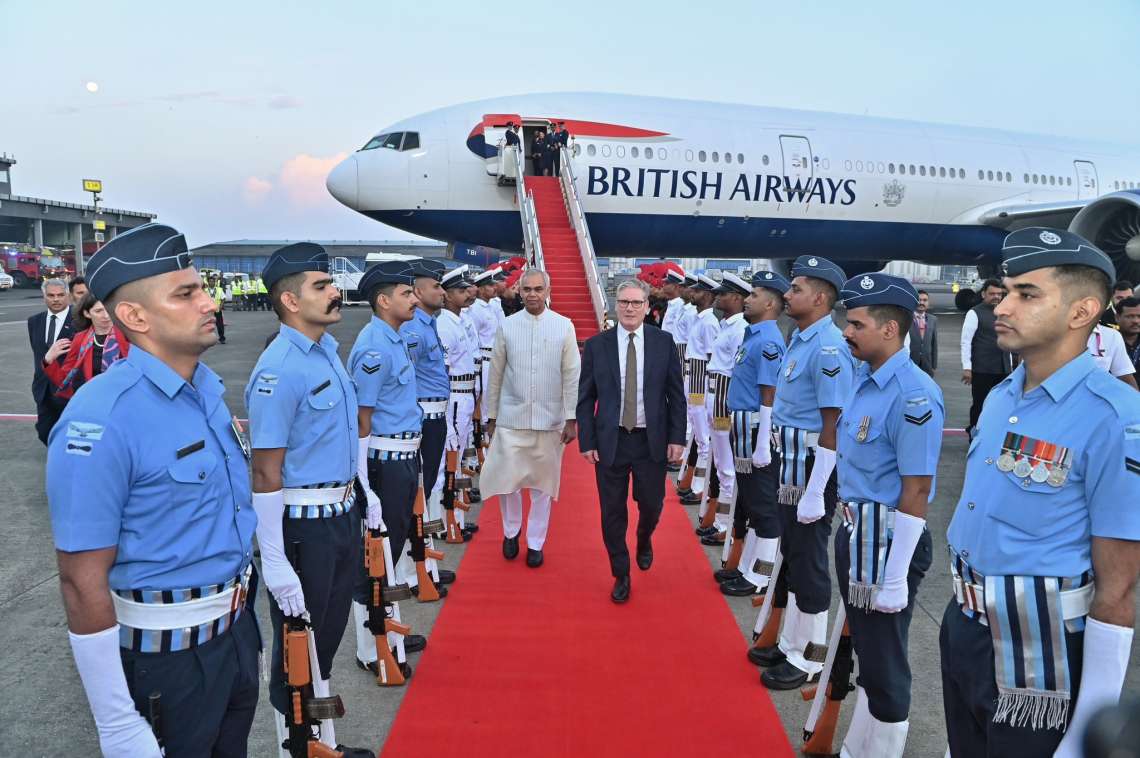The decline in oil prices augurs well for the Indian economy as the country imports around 85 per cent of its crude requirement and any decline in oil prices leads to a reduction in the country’s import bill…reports Asian Lite News
India, the world’s third-largest importer of crude oil, stands to gain as oil prices have fallen to an eitht-month low at $75.8 a barrel in the international market, with a more than $4 a barrel decline since Friday as the slowdown in the US and Chinese economies have raised fears of dampening demand.
With US job data showing an increase in the unemployment rate and a sharp fall in Chinese consumption of fuel amid a slowing economy, concerns of a dip in demand outweigh the supply-side fears caused by geopolitical tensions, according to market analysts.
The benchmark Brent crude fell by more than $1.04 to $75.8 a barrel on Monday after an over three per cent decline, while US West Texas Intermediate crude has come down to $72.43 a barrel.

The decline in oil prices augurs well for the Indian economy as the country imports around 85 per cent of its crude requirement and any decline in oil prices leads to a reduction in the country’s import bill. This in turn leads to a lowering of the current account deficit (CAD) and strengthening of the Rupee.
Apart from strengthening the external balance, a decline in oil prices also leads to lower prices of petrol, diesel and LPG in the domestic market, which in turn eases inflation in the country.
The government has also helped reduce the country’s oil import bill by allowing the oil companies to buy Russian crude at discounted prices despite Western pressures in the wake of the war with Ukraine. The Narendra Modi government has stood firm in maintaining its ties with Russia despite the sanctions against Moscow imposed by the US and Europe.
Russia has emerged as the largest supplier of crude oil to India replacing Iraq and Saudi Arabia which occupied the top slot earlier. India has in fact become the largest purchaser of Russia’s seaborne oil which accounted for close to 38 per cent of India’s total oil imports.
According to an ICRA report, the price of oil imports from Russia was 16.4 per cent and 15.6 per cent lower than the corresponding levels from the Gulf countries in FY2023 and 11 months of FY2024, respectively.
India’s strategy of continuing to buy cheap oil from Russia has resulted in the saving of around $7.9 billion in the country’s oil import bill during the first 11 months of the fiscal year 2022-23 and also helped the country to lower its CAD.

These large purchases of Russian oil have also helped keep prices in the world market at more reasonable levels which have benefited other countries as well.
Data compiled by the Ministry of Commerce and Industry shows that in terms of volume, the share of crude petroleum imported from Russia jumped to 36 per cent in 11 months of FY2024 from two per cent in FY2022, while that from West Asian countries (Saudi Arabia, the UAE and Kuwait) fell to 23 per cent from 34 per cent. The discounts on Russian oil generated huge savings in the oil import bill.
ALSO READ: Khyber Pakhtunkhwa farmers stand against hydropower projects














